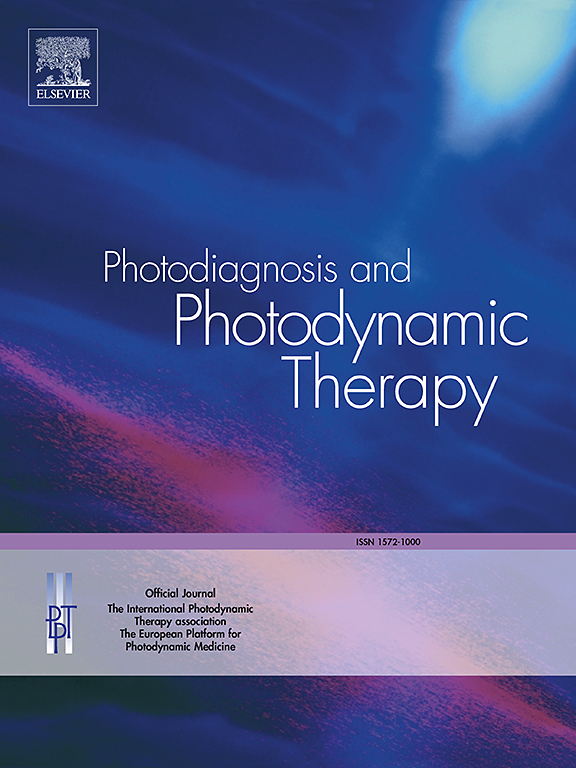角膜塑形镜使用者脉络膜厚度与轴向延伸率之间的关系。
IF 3.1
3区 医学
Q2 ONCOLOGY
引用次数: 0
摘要
目的:探讨角膜塑形镜(OK镜片)使用一年对6mm同心视网膜中央区域轴向长度(AL)和脉络膜厚度(ChT)的影响。方法:选取8 ~ 16岁近视儿童36例(36眼)。在一年的时间里,OK组(18名受试者)使用OK镜片,而眼镜组(18名受试者)使用单视力眼镜作为对照。只有他们的右眼被用于分析。使用光学相干断层扫描评估视网膜九个区域的ChT。采用光学生物计量法测定AL及其他眼部参数。在基线、3个月、6个月和12个月时进行测量。结果:治疗12个月后,OK组AL伸长率降低。第一个时间间隔(基线至3个月)变化最为显著(p < 0.0001)。除鼻视网膜区域外,佩戴OK隐形眼镜后大部分区域的ChT均增加。结论:在佩戴OK隐形眼镜的最初几个月,其控制近视的效果最为明显。鼻脉络膜厚度的改变可能与AL的伸长有关,这意味着它可能作为评估OK隐形眼镜控制近视效果的生物标志物。本文章由计算机程序翻译,如有差异,请以英文原文为准。
Associations between choroidal thickness and rate of axial elongation in orthokeratology lens users
Objective
To investigate the impact of using orthokeratology lenses (OK lenses) for one year on the axial length (AL) and choroidal thickness (ChT) in the 6 mm concentric central retinal region.
Methods
36 myopic children (36 eyes) aged 8 to 16 years were enrolled. For the duration of one year, the OK group (18 subjects) utilized OK lenses, while the spectacles group (18 subjects) utilized single-vision spectacles as a control. Only their right eyes were used for analysis. ChT in nine regions of the retina was evaluated using optical coherence tomography. AL and other ocular parameters were measured using optical biometry. The measurements were obtained at baseline, 3 months, 6 months, and 12 months.
Results
After 12 months of treatment, the OK group showed a reduced rate of AL elongation. The first interval (baseline to 3 months) saw the most notable alteration (p < 0.0001). ChT increased in most regions after wearing OK lenses, except for the nasal retinal region. However, the alteration in nasal ChT exhibited the strongest association with the alteration in AL.
Conclusion
The efficacy of myopia control with OK lenses is most pronounced during the initial months of wear. Alterations in the thickness of the nasal choroidal region may correlate with the elongation of the AL, implying its potential role as a biomarker for assessing the efficacy of OK lenses in myopia control.
求助全文
通过发布文献求助,成功后即可免费获取论文全文。
去求助
来源期刊

Photodiagnosis and Photodynamic Therapy
ONCOLOGY-
CiteScore
5.80
自引率
24.20%
发文量
509
审稿时长
50 days
期刊介绍:
Photodiagnosis and Photodynamic Therapy is an international journal for the dissemination of scientific knowledge and clinical developments of Photodiagnosis and Photodynamic Therapy in all medical specialties. The journal publishes original articles, review articles, case presentations, "how-to-do-it" articles, Letters to the Editor, short communications and relevant images with short descriptions. All submitted material is subject to a strict peer-review process.
 求助内容:
求助内容: 应助结果提醒方式:
应助结果提醒方式:


